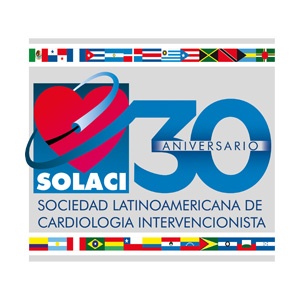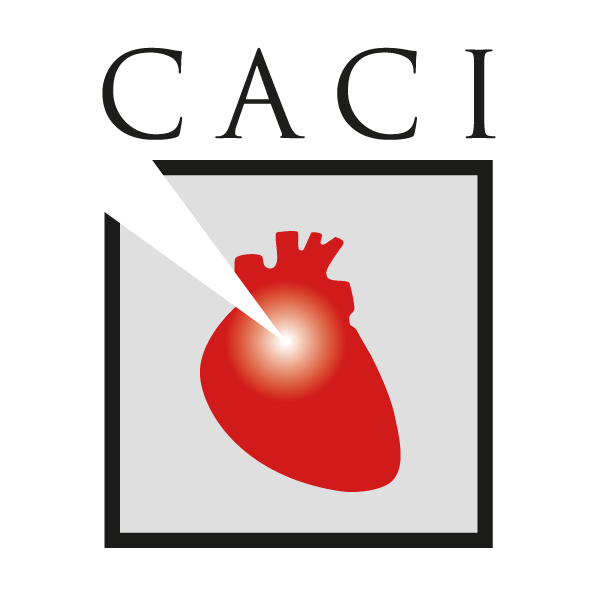Migraine is one of the more frequent disabling disorders worldwide, but its physiopathology remains unclear.
Since migraine is quite heterogeneous, individual therapies may not be effective for all patients. We still lack strategies to help us predict which patient subset might respond best to certain therapies.
Read also: “Amplatzer and Figulla Devices Prove to Be Safe for Percutaneous Patent Foramen Ovale Closure”.
Several studies have reported a significant association between migraine (particularly with aura) and patent foramen ovale. However, this surely is not the only influencing factor, since 20% of the general population present patent foramen ovale and the percentage of people who experience migraines is much lower.
Observational studies suggest that right-to-left shunt for foramen ovale, other atrial septum defects, or pulmonary arterio-venous malformations may reduce the frequency and severity of migraine episodes.
The PREMIUM (Prospective, Randomized Investigation to Evaluate Incidence of Headache Reduction in Subjects With Migraine and PFO Using the AMPLATZER PFO Occluder to Medical Management) was a double-blind study investigating migraine evolution over 1 year in patients randomized to medical therapy with a sham procedure versus medical therapy and patent foramen ovale (PFO) closure with the Amplatzer PFO Occluder device.
Read also: “TAVR in Pure Aortic Regurgitation: New Devices, New Outcomes”.
All subjects experienced 6 to 14 days of migraine per month, had failed at least 3 migraine preventive medications, and, of course, had patent foramen ovale with significant right-to-left shunt defined by transcranial Doppler. The primary endpoint was a 50% reduction in migraine attacks.
Among the 1653 screened patients, only 230 were finally enrolled and randomized, which indicates how select the population was.
Subjects who underwent actual PFO closure had a greater reduction in the number of days with migraine attacks (-3.4 vs. -2.0 days/month; p = 0.025). However, considering a 50% reduction of the attacks (the primary endpoint), the difference was not significant. Complete migraine remission at 1 year occurred in 10 patients (8.5%) in the treatment group versus 1 (1%) in the control group (p = 0.01).
Read also: “Cardiac Damage: Should we start to assess it?”
Following the trend of studies that include a sham procedure in the control arm, investigators verified that such treatment had a placebo effect, something that all interventional physicians will have to accept that also exists for invasive procedures.
Conclusion
Patent foramen ovale closure with the Amplatzer device did not meet the primary endpoint of 50% reduction in migraine attacks.
Original title: Percutaneous Closure of Patent Foramen Ovale in Patients with Migraine. The PREMIUM Trial.
Reference: Jonathan M. Tobis et al. J Am Coll Cardiol 2017;70:2766-74.
Get the latest scientific articles on interventional cardiologySubscribe to our weekly newsletter
We are interested in your opinion. Please, leave your comments, thoughts, questions, etc., below. They will be most welcome.





